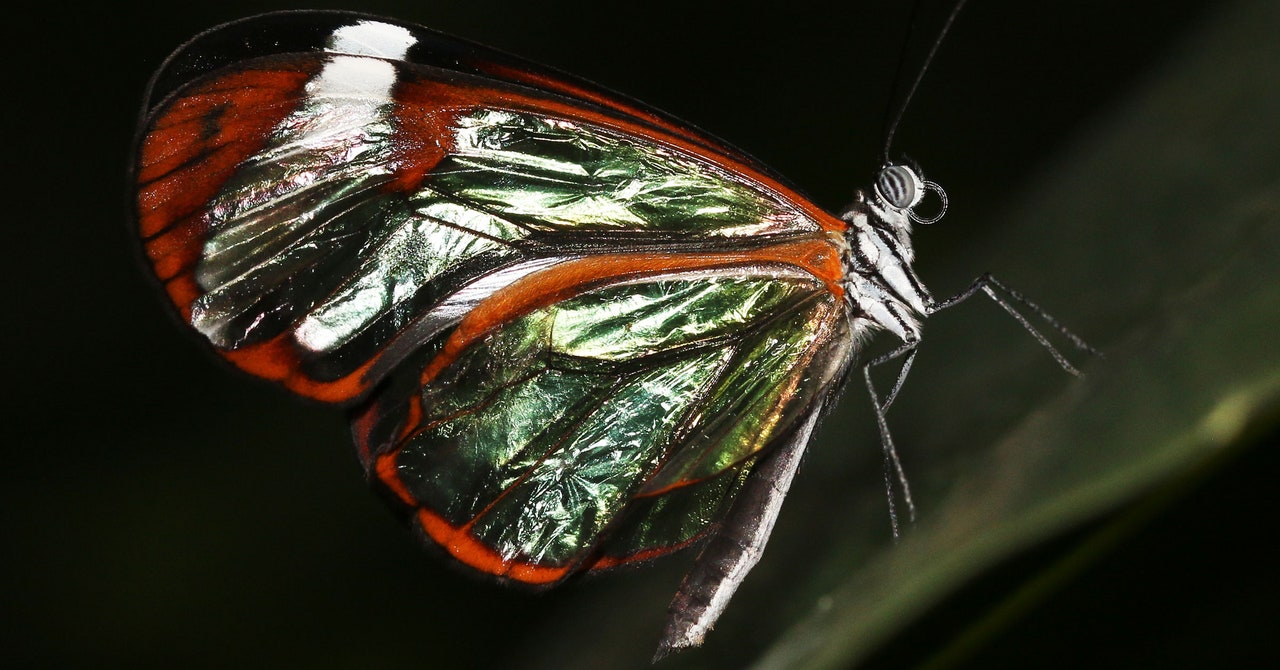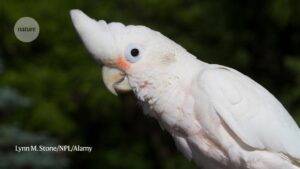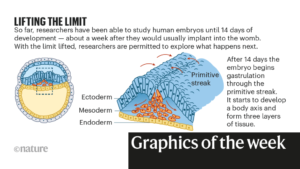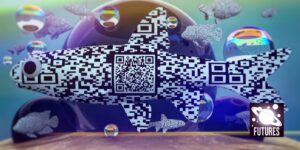Biologists Unlock the Secrets of ‘Invisible’ Animals

This story initially appeared on Atlas Obscura and is an element of the Climate Desk collaboration.
While trekking by the Peruvian rain forest, an eight-hour boat journey from the nearest jungle settlement, biologist Aaron Pomerantz noticed what appeared like tiny invisible jets zipping throughout the path. “I was out there with a net trying to catch things,” he says, “and these just changed direction and vanished.”
It was his first shut encounter with clear-winged butterflies, bugs that inhabit Central and South American forests and have a exceptional means of camouflage: see-through or “glass” wings that make them significantly arduous to identify in the dense understory.
“It’s like the power of invisibility,” says Pomerantz, lead writer of a current examine in the Journal of Experimental Biology that examines how clear wings develop. “If you can put on an invisibility cloak, it’s a lot harder for predators to find you. In ocean environments there are lots of transparent species, but on land it’s much less common. And that really gets into the question of, ‘What does it take to be transparent on land?’”
By finding out the wings of the species Greta oto, also referred to as the glasswing butterfly, at numerous levels of pupal improvement, Pomerantz and his colleagues at the University of California, Berkeley, the Marine Biological Laboratory in Woods Hole, and Caltech discovered just a few components. There are modifications in the form and density of the microscopic scales that sometimes create a butterfly’s colourful patterns. A layer of teeny waxy pillars additionally acts like an additional antiglare coating.
If it looks like a novel adaptation, it’s not. “This has evolved multiple times,” says Pomerantz. There are a number of hundred species of butterflies and moths with glass wings, he notes. Though they characterize solely a small portion of the order Lepidoptera, they make up most of the uncommon situations of such transparency on land. Glass frogs, which exhibit various levels of pores and skin translucence, are one other instance.
The ocean, on the different hand, brims with see-through species, from jellyfish and sponges to crustaceans, cephalopods, and even fish. Earlier in summer season 2021, two uncommon sightings of a glass octopus had been made throughout an expedition, aboard the Schmidt Ocean Institute’s analysis vessel Falkor, to the watery depths off the distant Phoenix Islands in the Pacific Ocean. Being invisible, it seems, is far simpler to attain in the ocean than on land, partly as a result of of the visible and bodily properties of water.
“You can think of it like having a piece of glass in water,” says marine biologist Laura Bagge. “That environment is much more featureless than it is on land, and you don’t have to deal with gravity. So most of these animals are some sort of watery, buoyant thing, without backbones or dense structures that are needed to survive on land.”
Imagine that traditional Jaws scene—the one from the shark’s level of view—the place a swimmer’s silhouette stands in opposition to the gentle streaming down from above. Where the solar shines, it’s simple for underwater predators to see opaque shapes, so being clear helps you slip by. Deeper in the ocean it stays helpful as a result of even in the aphotic zone—the depths the place little or no daylight penetrates—a lot of bioluminescent animals emit gentle of their very own, Bagge says.
Now a senior biologist at Torch Technologies in Florida, Bagge grew to become fascinated with animal transparency throughout a analysis cruise for her dissertation at Duke University. She had dipped her hand right into a bucket of sea creatures and pulled up a mysterious specimen. “It was hard, like a lobster, but it was a completely clear animal,” she says. It was a shrimp-like crustacean, Cystisoma, which might develop as giant as a human hand. “They’re so cool because they have a hard outer shell and are packed with muscle. How do you make that clear?”



